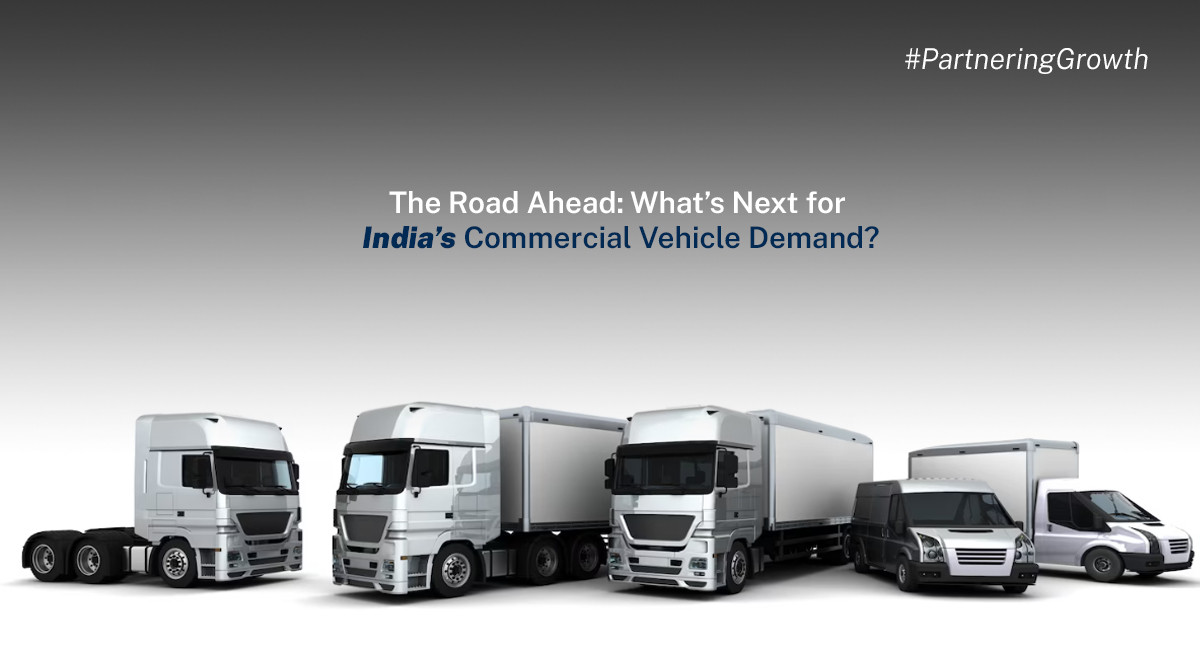


India’s commercial vehicle (CV) market experienced a marginal slowdown in the first half of 2025, with sales declining by around 1.2% year-on-year (Jan–Jun 2025). This dip was mainly due to high inventory levels, financing constraints, and rising buyer preference for used vehicles. However, the structural drivers—spurred by infrastructure development, urban transport upgrades, and logistics expansion—remain intact, keeping the sector on track for recovery over FY26 and beyond.
Infrastructure Expansion: A Long-Term Catalyst
Government push on expressways, metro projects, and construction continues to be the core demand driver for trucks and M&HCVs. While near-term demand has moderated, M&HCVs are positioned to benefit once freight demand picks up from industrial expansion and construction project execution. LCVs, meanwhile, remain more resilient, supported by last-mile logistics and e-commerce deliveries in urban and semi-urban areas.
Bus Segment Revival Underway
The bus segment is showing early signs of rebound, backed by public transport upgrades, fleet replacement, and state purchases. Wholesale volumes are projected to grow by 8–10% in FY2026, particularly as cities expand their fleets for commuter mobility, aided by urbanization and government EV bus adoption schemes.
Market Reality: Soft H1, Moderate FY26 Growth
According to ICRA, the CV industry is expected to register 3–5% growth in FY26, with stronger traction in LCVs (~3–5% growth) while M&HCVs expand more modestly (0–3%). The near-term outlook is tempered by inventory pileups, slower financing, and substitution by pre-owned CVs.
Competitive & Strategic Dynamics
Market leaders—Tata Motors, Mahindra, and Ashok Leyland—continue to adapt strategically. Mahindra is strengthening its position in the LCV category, while Tata and Ashok Leyland are reinforcing their portfolios in the freight and bus markets. OEMs are also emphasizing fleet solutions, after-sales support, and EV transition plans to capture new demand over the medium term.
Long-Term Outlook to 2030
Despite short-term softness, the commercial vehicle market outlook remains positive through 2030. Key structural growth factors include:
• Continued infrastructure spending (roads, industrial corridors, smart cities)
• Urbanization and e-commerce, spurring logistics demand
• EV and alternative-fuel CV adoption, aligning with India’s net-zero goals
• Technology upgrades in telematics, fleet efficiency, and compliance support
These trends suggest a gradual but firm growth path, with FY26 marking the rebound phase and the next five years dominated by electric buses, green freight solutions, and efficiency-driven logistics adoption.
Conclusion:
While H1 2025 saw a modest decline in CV sales, the sector’s medium- to long-term prospects remain strong, with infrastructure push and logistics expansion expected to restore momentum.
Sources
SIAM CV Market Report 2025
ICRA Auto Sector Outlook 2025
Business Standard, “CV industry to grow 3–5% in FY26 on infra push” (Jun 2025)
TechSci Commercial Vehicle Market Report 2031F
Trucks & Buses July 2025 sales update